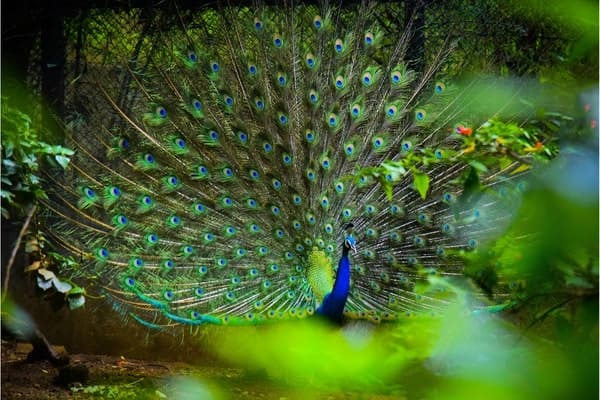Peacocks: Nature’s Living Jewels
Peacocks are among the most visually stunning birds in the world, known for their vibrant plumage and spectacular courtship displays. The term "peacock" technically refers to the male of the species, while the female is called a "peahen," and together they are known as peafowl. The most famous species is the Indian Peafowl, though there are two other species—the Green Peafowl and the lesser-known Congo Peafowl.
Male peacocks are renowned for their dazzling tail feathers, which can reach up to 6 feet in length and are covered in iridescent "eye" patterns. During mating season, the males fan out their tails and perform a ritualized dance to attract the attention of females. This display serves as a way for females to assess the fitness and genetic quality of potential mates.
Peacocks are native to South Asia but have been introduced to many parts of the world due to their beauty and symbolism. In many cultures, the peacock represents immortality, beauty, and pride. Despite their ornamental value, peafowl are also hardy and adaptable birds, capable of living in a variety of environments, from forests to open farmlands.
Peacocks are omnivores, feeding on a diet of seeds, insects, and small animals. In the wild, they play an important role in controlling insect populations, while also contributing to seed dispersal through their feeding habits.
Though they are not endangered, habitat loss and hunting in some regions have reduced wild populations of peafowl. Their natural beauty and cultural significance make them a species worth protecting for future generations.

